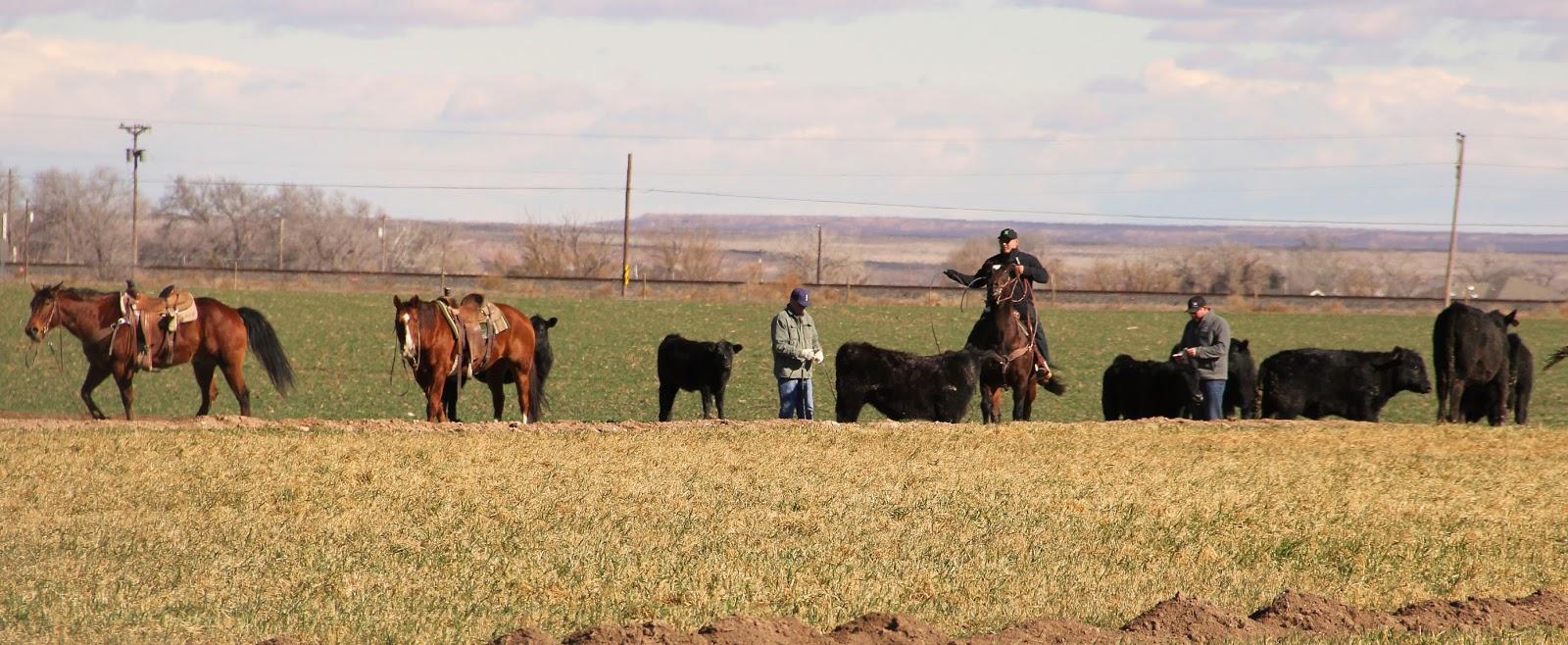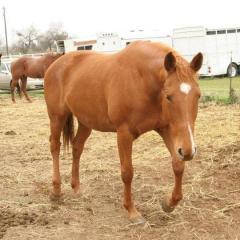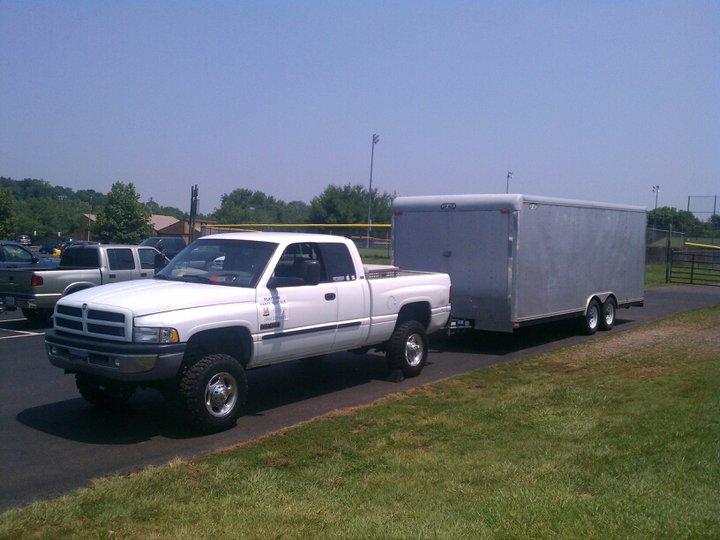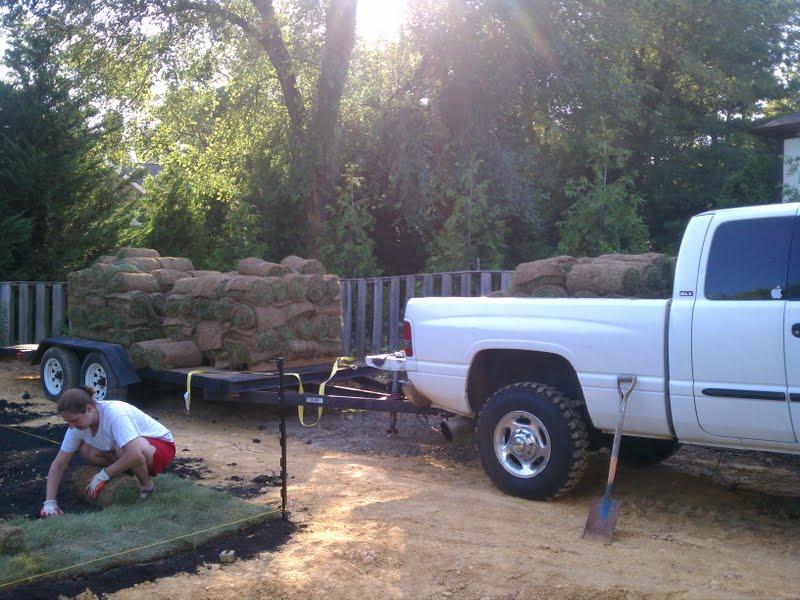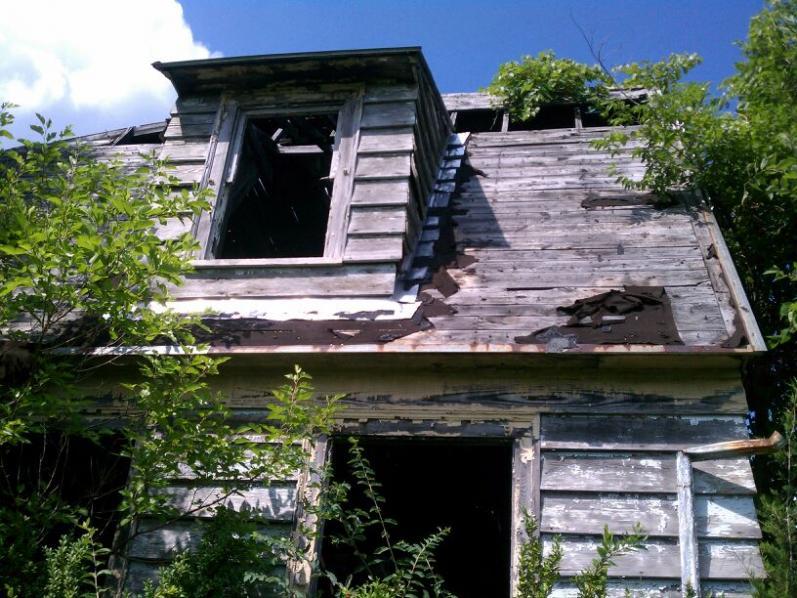The Fifty-Year Soaring Cost To Raise A Child
It cost $25,299 to raise a child from birth to age 18 in 1960. The amount rose to $226,920 last year. This may be one of the reasons many reasons Americans are having fewer children these days.
Adjusted for inflation, the 1960 sum equals about $192,497 compared to $235,996 in 2010, about a 22 percent increase. Neither number paints a complete picture. Median household income rose 25 percent between 1960 and 2010. The cost of raising a child is, in comparison to income over the 50-year period, up very modestly.
1960
Total Cost to Raise Child (Not Inflation Adjusted): $25,229
Total Cost to Raise Child (Inflation Adjusted for 2011 dollars): $192,497
Cost of Food (Inflation Adjusted 2011 Dollars): $46,108
Cost of Medical Care (Inflation Adjusted 2011 Dollars): $8,103
Cost of Housing (Inflation Adjusted 2011 Dollars): $60,215
In the 1960s, the Baby Boom generation were children and young adults. The population had jumped 18.5 percent since the fifties, the largest increase in the country since 1900-1910 – it remains the largest to this day. In the U.S., home prices were quite low, and new parents were moving to the suburbs to raise their children. A new home cost roughly $13,000, or $99,000 in 2011 dollars. According to the USDA’s report, the cost of raising a child was very inexpensive. Even adjusted for inflation, if prices in 1960 remained the same, housing a child through the age of 17 would cost just $60,215. Food for children was more expensive than it would be in any other decade through 2010. Feeding a six-year old child for a year cost more than $1,860 in 2011 dollars – $400 more than it costs today. A gallon of milk in 1960 cost $0.95, the equivalent of nearly $7 today. At the time, food accounted for nearly 25 percent of all costs. Meanwhile, child care, education, and health care combined for just 6 percent. This would change a great deal over the next half century.
1970
Total Cost to Raise Child (Not Inflation Adjusted): $32,830
Total Cost to Raise Child (Inflation Adjusted for 2011 dollars): $191,070
Cost of Food (Inflation Adjusted 2011 Dollars): $45,221
Cost of Medical Care (Inflation Adjusted 2011 Dollars): $9,428
Cost of Housing (Inflation Adjusted 2011 Dollars): $60,528
At the start of the 1970’s, the United States was still riding the prosperity of the post-war boom. Although the oil crisis in 1973 precipitated severe economic troubles throughout the decade, the economy was still prosperous in 1970. The cost of raising a child had changed little from the previous decade, with the exception of the cost of transportation decreasing more than 4 percent from 1960. As was the case ten years prior, food and housing combined for the majority of expenses. A carton of eggs cost the equivalent of $6.72 in today’s dollars. A new home cost roughly $150,000, also inflation-adjusted. As it was in 1960, the costs of raising a child were about 30 percent housing, 24 percent food, and 10 percent clothing. Health care accounted for just 5 percent of total costs.
1980
Total Cost to Raise Child (Not Inflation Adjusted): $69,333
Total Cost to Raise Child (Inflation Adjusted for 2011 dollars): $188,585
Cost of Food (Inflation Adjusted 2011 Dollars): $46,781
Cost of Medical Care (Inflation Adjusted 2011 Dollars): $9,743
Cost of Housing (Inflation Adjusted 2011 Dollars): $62,630
The mid-seventies and the oil crisis marked the end of the postwar boom in the United States, and the country went through the worst economic conditions since the great depression. In 1980, gas prices fluctuated around $1.25, the equivalent of $3.40 in 2011. It would peak at $3.53 in current dollars in March 1981. Prices would not reach this point aging for the remaining century. As fuel prices spiked, so did the costs of heating a home and driving children to school. Between 1970 and 1980, the cost of transportation increased 3.9 percent, inflation adjusted. This was a greater increase than any other category considered by the USDA. The costs of housing and transporting a child increased both in amount and proportion of the total spending. At this point, it cost more than $3,300 in 2011 dollars each year to house an eight year old child – heating costs were likely a factor in this.
1990
Total Cost to Raise Child (Not Inflation Adjusted): $120,150
Total Cost to Raise Child (Inflation Adjusted for 2011 dollars): $207,859
Cost of Food (Inflation Adjusted 2011 Dollars): $38,665
Cost of Medical Care (Inflation Adjusted 2011 Dollars): $37,531
Cost of Housing (Inflation Adjusted 2011 Dollars): $68,404
The population of the U.S. increased just 9.8 percent between 1970 and 1980. This was the second slowest period of growth in American history. Only the 1930’s – period of World War II and the Great Depression – had slower growth. One of the possible causes of this drop off in childbirth was a sharp spike in the costs of raising them. The 1980’s was the decade where prices of raising children started to explode in the U.S. Between 1980 and 1990, the cost of clothing an eight year old for a year increased by more than 50 percent. Housing costs increased by nearly 10 percent, despite the fact that the USDA removed child care costs from this category in 1990. It was moved into a new category, where it was combined with education. Overall, non inflation-adjusted costs of raising a child through the age of 18 nearly doubled, from $70,000 in 1980 to $120,000 in 1990. Inflation adjusted, the increase is still over 10 percent. This is the biggest increase in child care costs over any decade on record.
2000
Total Cost to Raise Child (Not Inflation Adjusted): $165,630
Total Cost to Raise Child (Inflation Adjusted for 2011 dollars): $216,975
Cost of Food (Inflation Adjusted 2011 Dollars): $37,531
Cost of Medical Care (Inflation Adjusted 2011 Dollars): $15,248
Cost of Housing (Inflation Adjusted 2011 Dollars): $72,272
By 2000, the U.S. population growth had fully recovered from the contraction it experienced during the 80’s. The economy boomed for most of the 90’s and families were growing again at a steady rate. The country added more than 40 million people between 1990 and 2000, a 13.2 percent increase. Gasoline was cheap, about $1.20 per gallon (the equivalent of $1.50 per gallon in 2011 dollars) which is nearly the same as it was ten years earlier. The cost of raising a child rose, but at only half the rate it did between 1980 and 1990. Most of the rising expenses came in the form of health care, which went up an astounding 64 percent, and the combined category of education, child care, and miscellaneous expenses which increased more than 25 percent. One of the reasons for the jump in this category is explained in the USDA’s 2010 report: “Much of this growth is likely related to child care. In 1960, child care costs were negligible, mainly consisting of in-the-home babysitting. Since then, the labor force participation of women has greatly increased, leading to the need for more child care.” The costs of things requiring energy dropped dramatically. Housing costs contracted 15 percent.
2010
Total Cost to Raise Child (Not Inflation Adjusted): $226,920
Total Cost to Raise Child (Inflation Adjusted for 2011 dollars): $235,996
Cost of Food (Inflation Adjusted 2011 Dollars): $37,658
Cost of Medical Care (Inflation Adjusted 2011 Dollars): $19,156
Cost of Housing (Inflation Adjusted 2011 Dollars): $72,446
2010 represented the first year of the recovery since the subprime mortgage crisis in 2008 decimated the economy. Gas prices averaged around $2.70 per gallon. The profile of an American family’s expenses has changed dramatically. Baby Boomers reached young adulthood in the 1960s. These people are now, in many cases, retired . Housing still represents 31 percent of total expenses, as it did in 1960. The absence of change is notable given that child care up to age 6 was considered part of housing expenses in 1960. Transportation has barely changed – 14 percent of total expenses compared to 16 percent in 1960. The biggest decrease in proportion came in clothing and food. These represented 11 percent and 24 percent, respectively, of costs fifty years ago. In 2010, clothing was just 6 percent of costs, while food had dropped incredibly to just 16 percent. In 1960, child care, education and health care combined to for just 6 percent of American parents’ costs in 1960. Now, nearly 25 percent of the costs of raising a child goes to those expenses. If prices were to remain constant, a family with a child born in 2010 will spend $226,000, nearly a quarter of a million, before that child reaches the age of 18. Even adjusted for inflation, that is 23 percent more than people were spending just 30 years ago.
